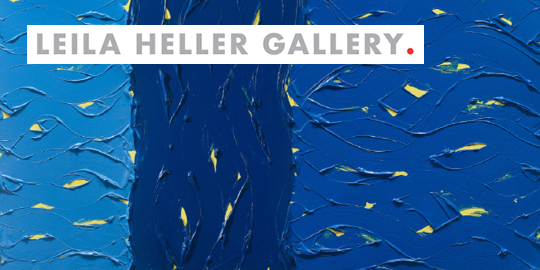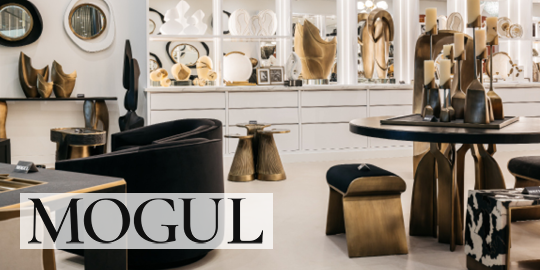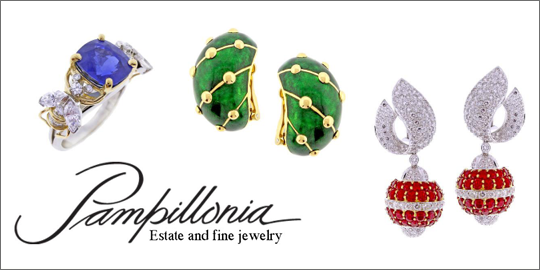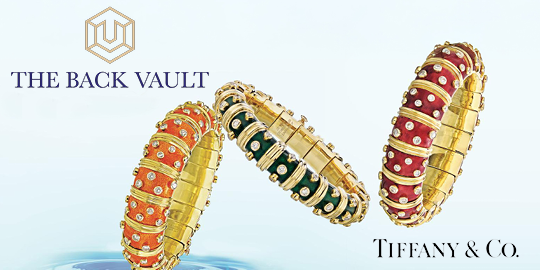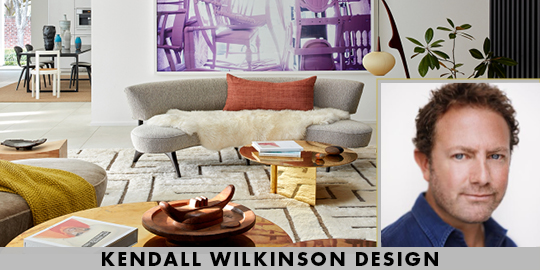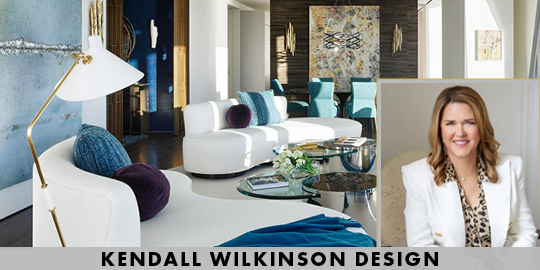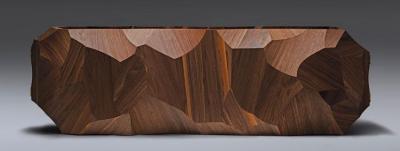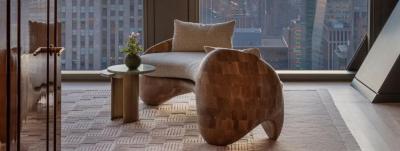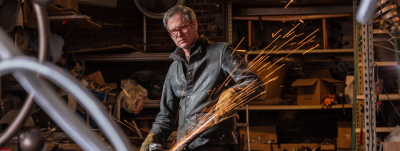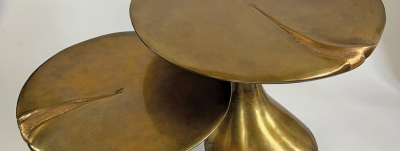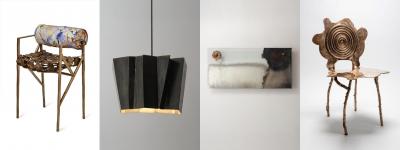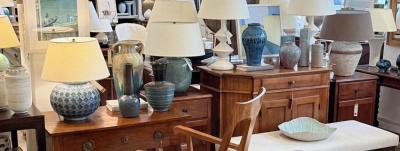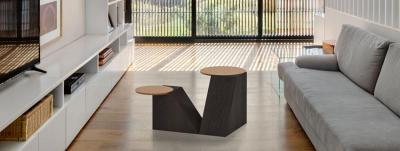Embracing the Magical Mix BK Antiques Offers Curated European Treasures and Limited Edition Creations
 |
Embracing the Magical Mix
BK Antiques Offers Curated European Treasures
and Limited Edition Creations
By Benjamin Genocchio
All photos courtesy of BK Antiques
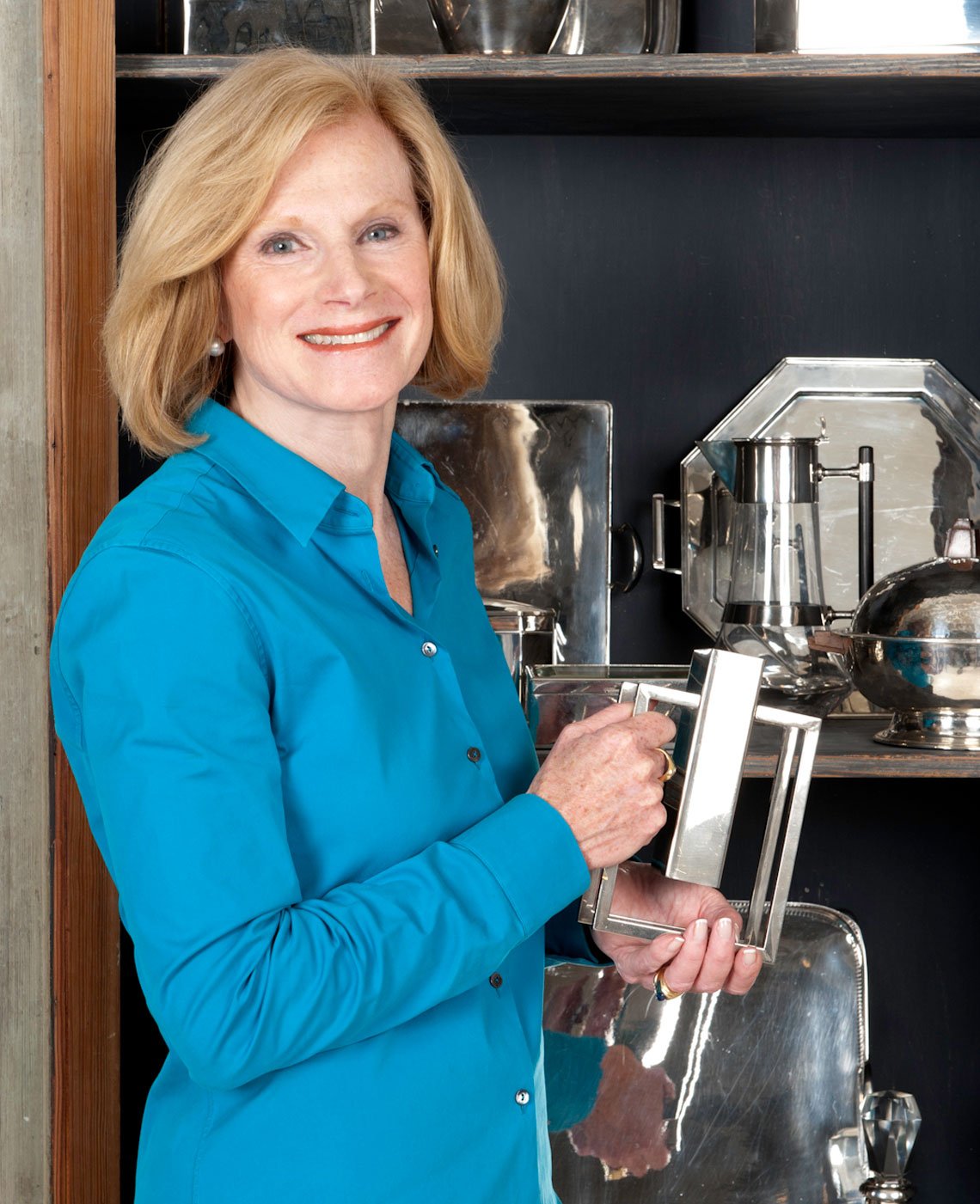 | |
Barbara Kirshbaum, founder and owner of BK Antiques. |
For more than 4 decades, Barbara Kirshbaum has owned and managed BK Antiques in New York, where she presents an evolving collection of “European treasures and contemporary classics” sourced on buying missions to French markets, English estates, Belgian galleries, Swedish boutiques, Italian villas, Spanish workshops, and more. She also has a BK Limited Editions collection of collaborative designs, including drinks tables crafted from wood, iron, and stone, as well as bar stools and custom iron and wood benches. Incollect spoke with Kirshbaum about her passion for 18th-century French furniture, her love of ceramics, and changing tastes in the design world.
 |  | |
Left: On a buying trip to France, Barbara takes a break after filling up a truck with the morning’s finds. Right: Barbara in the gallery with a recent acquisition, a midcentury French oak sideboard with interior shelves and drawers; includes the original keys. | ||
What got you started as a furniture and design dealer?
I’ve been in the furniture business for 42 years. I started by luck: a friend of my husband’s suggested I apply for a job with an antiques dealer looking for an assistant. I met with her for about five minutes, and she immediately offered me the job. The business, called Sentimeno, was selling antique jewelry, silver frames, and perfume bottles from England. The Ralph Lauren retail clothing stores were our biggest customers. After a few years, they asked us to purchase props to redecorate their stores, so we went to the Brimfield Antique shows in Massachusetts and bought antique trophies, riding boots, sleds, and old skis. We also began selling antique furniture, so we rented a showroom in the building we are still located in on 61st Street in Manhattan, and started going to Europe to buy items. I had always loved antique furniture because my mother used to go to house sales and buy antiques, so I grew up with them at home.
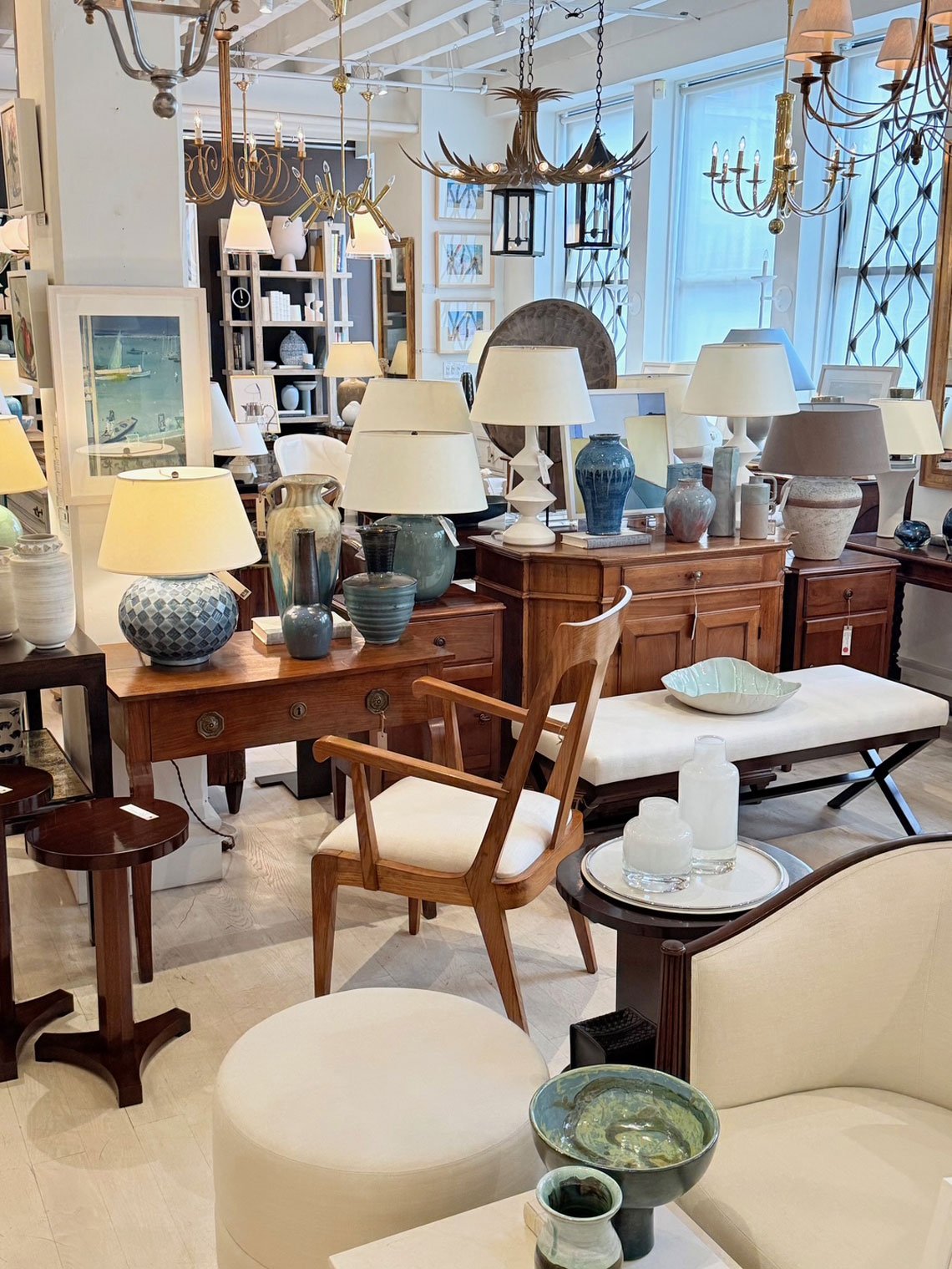 | 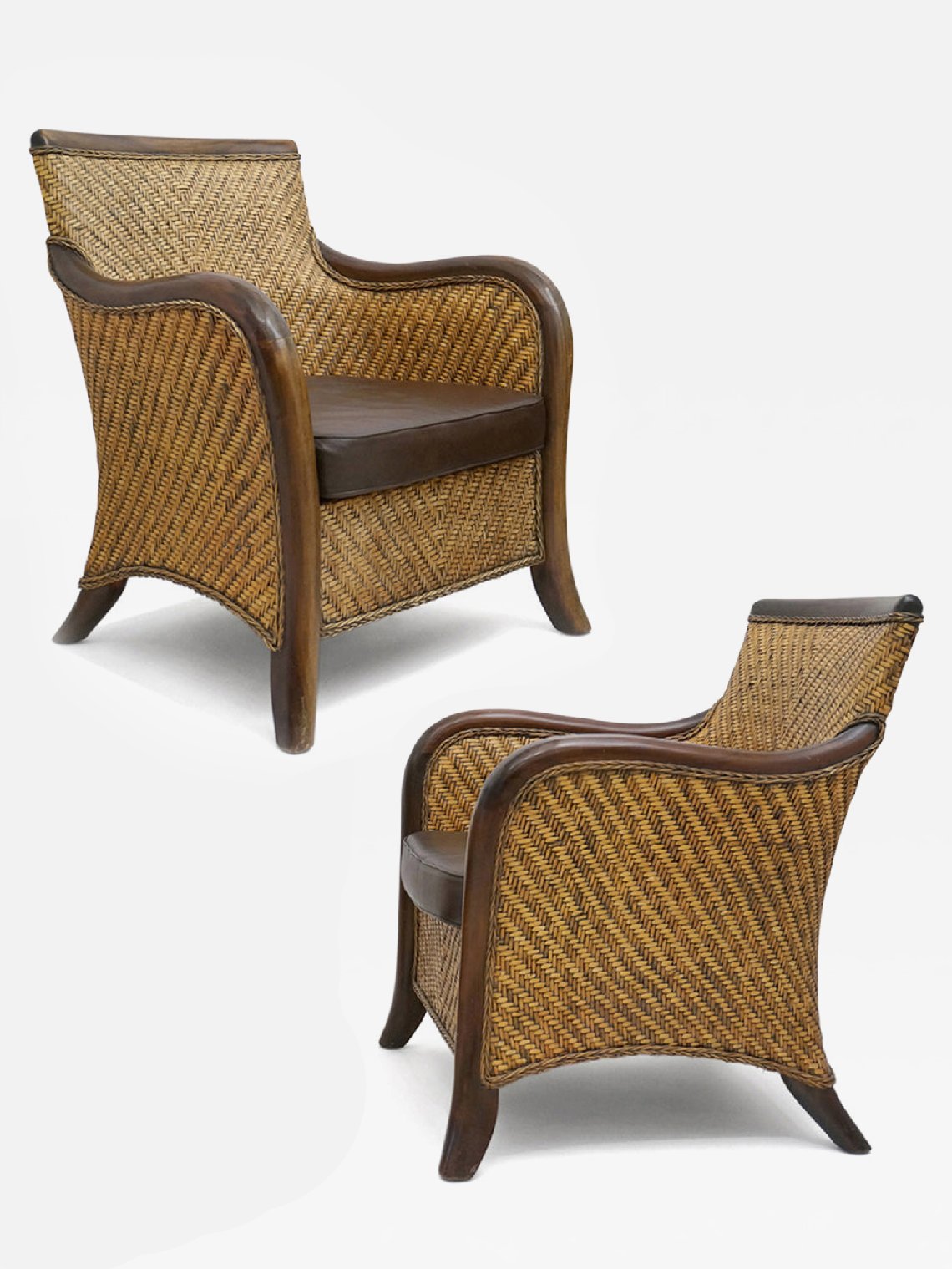 | |
| Left: The gallery’s extensive inventory of antique, vintage and contemporary pieces, selected with Barbara’s well-honed aesthetic. Right: Vintage 1970s fine quality woven rattan chairs with brown leather seats. | ||
How often did you go to Europe to buy antiques?
We began going to Europe 4 times a year, mostly for large antique shows, gradually expanding our hunting grounds. We went to Sweden (in the dead of winter) for a big antique show, and then we had a local driver drive us through the countryside to visit antique shops. We went through dimly lit, freezing warehouses filled with old furniture, where things were stacked on top of one another. And then we started going to cities throughout Europe, such as Amsterdam, Brussels, Paris, Rouen, and several towns across the south of France.
How would you describe your taste in furniture design?
I like European 18th-century simple wood furniture, particularly French commodes. I emphasize “simple” because I don’t care for ormolu or elaborate carving. I’ve gotten away from Louis XV furniture with curved legs and fancy hardware. I adore beautiful wood and particularly love Art Deco furniture and accessories. I’m intrigued by all the types of tables from the Art Deco period in Europe, especially those from France and Belgium. There are so many table styles, many unique, and I buy them whenever I can.
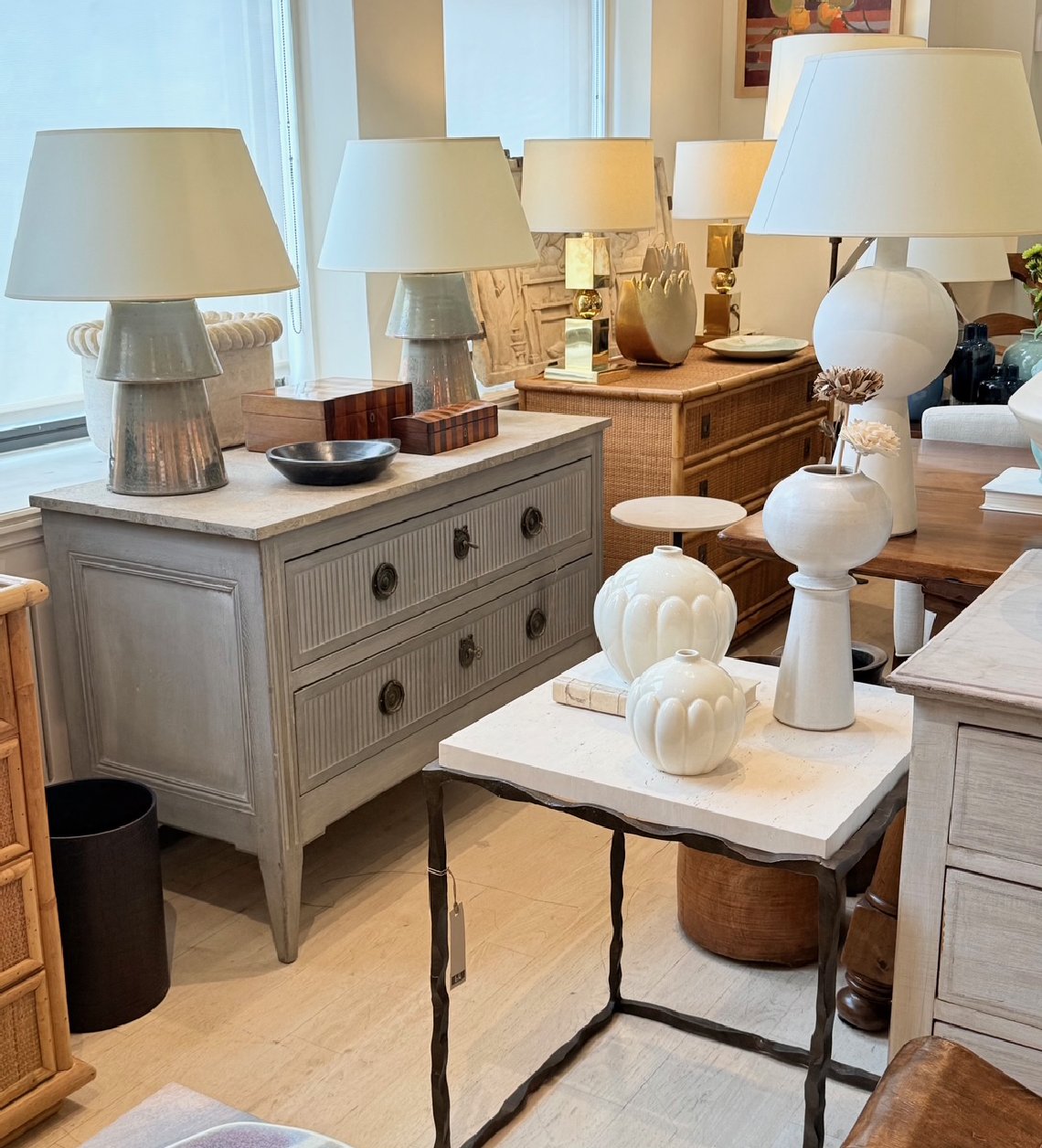 | 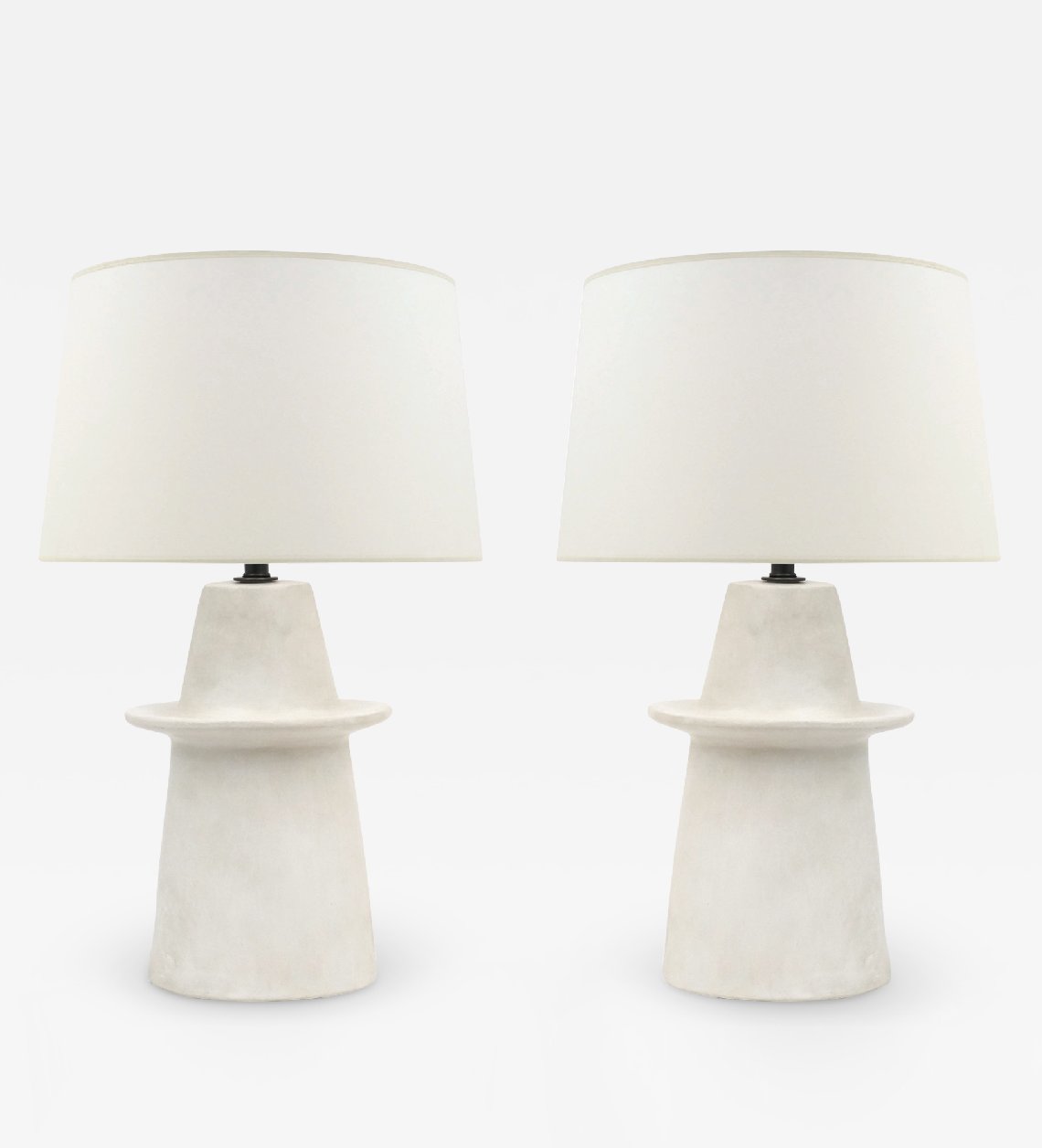 | |
| Left: Loads of lovely lamps. Right: BK Limited Editions plaster lamps, available individually or in pairs. | ||
Are you still able to source these tables?
Sourcing these tables has become difficult, so we decided to develop our own line of Art Deco-style tables. We have found several specialist wood shops and artisans who make the tables, and we keep introducing new design styles when we discover them. Most of the tables we find in Europe are in bad condition with stains and scratches, and in some cases, even broken legs, so we replicate the designs when we can. We also buy salvageable ones when we find them.
 |
18th-century Spanish walnut console table with finely-carved details and a warm and soulful presence. The top is a single piece of walnut with exceptionally handsome graining. |
You have several wonderful 18th-century tables on Incollect and in the showroom. What is special to you about them?
The wood is usually beautiful and rare, while the designs are inventive without being ostentatious. They were made with care, and many are unique. We have a gorgeous Spanish walnut console table with a carved apron, single drawer, and cabriole leg with ball and claw foot. It’s in fine condition. The wood is handsome, and I’ve never seen one like it before.
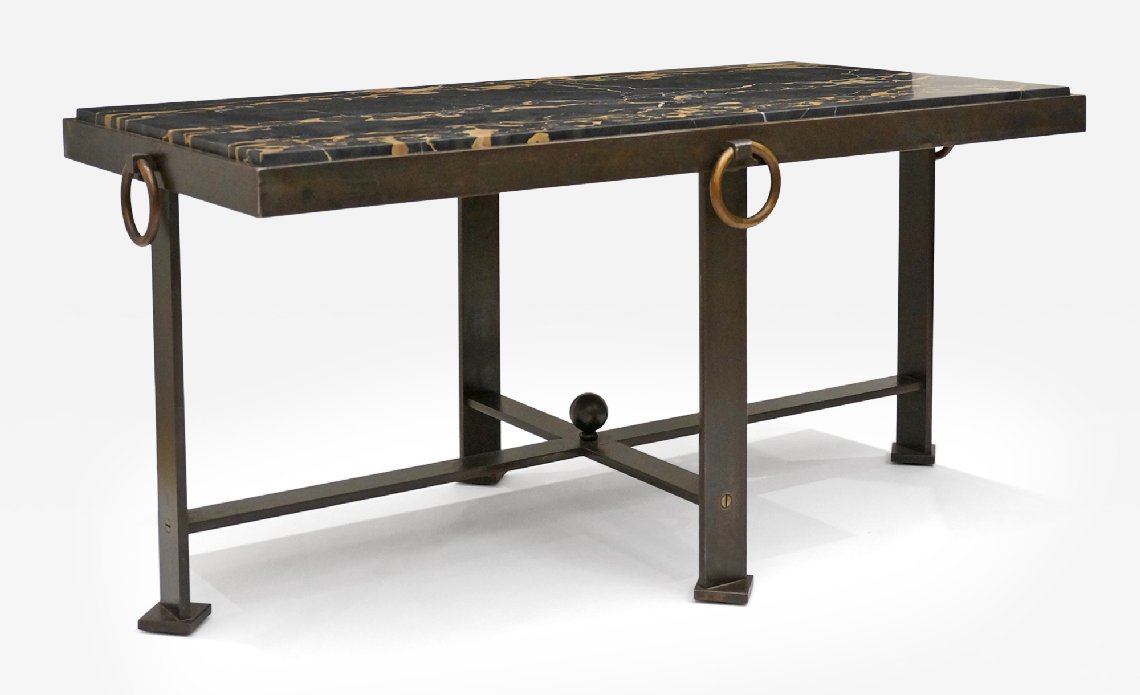 |
A 1950s French iron and marble coffee table with exceptionally stylish details: an inset Potoro Gold marble top with superb veining, decorative rings on each side, and angled square feet. |
 |
Which other pieces in the showroom do you greatly admire?
We have a handmade French iron coffee table with iron rings on four sides and fabulous black and gold marble. It is unique.
Where do you source your material today?
We source things in the same way and in the same places we have always done. We visit large professional antique fairs in towns across Europe, and individual shops we know. They know us now, so they also send us pictures of new things over the internet. We still want to see everything in person before we commit to buying it, so we can assess the condition and authenticity, and see what it actually looks like.
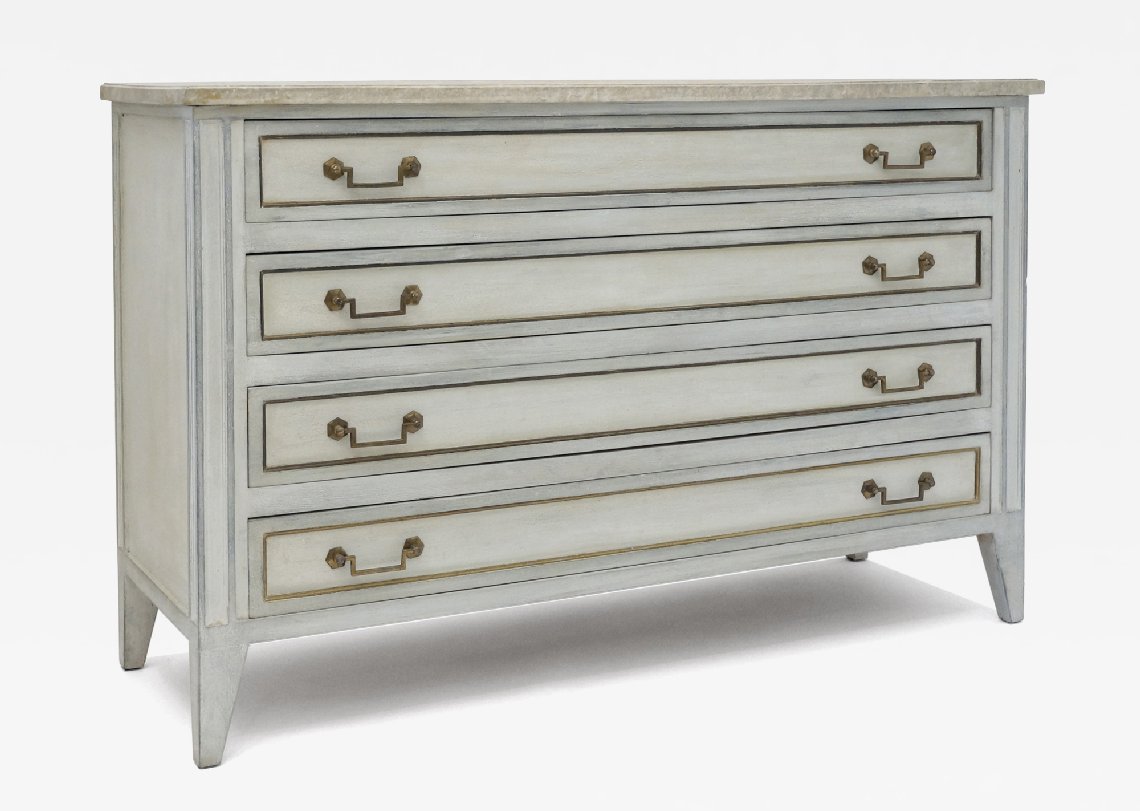 |
Elegant Louis XVI style commode in gray/blue painted finish with faux stone top, four drawers, and authentic brass hardware and molding, from Belgium, circa 1920. |
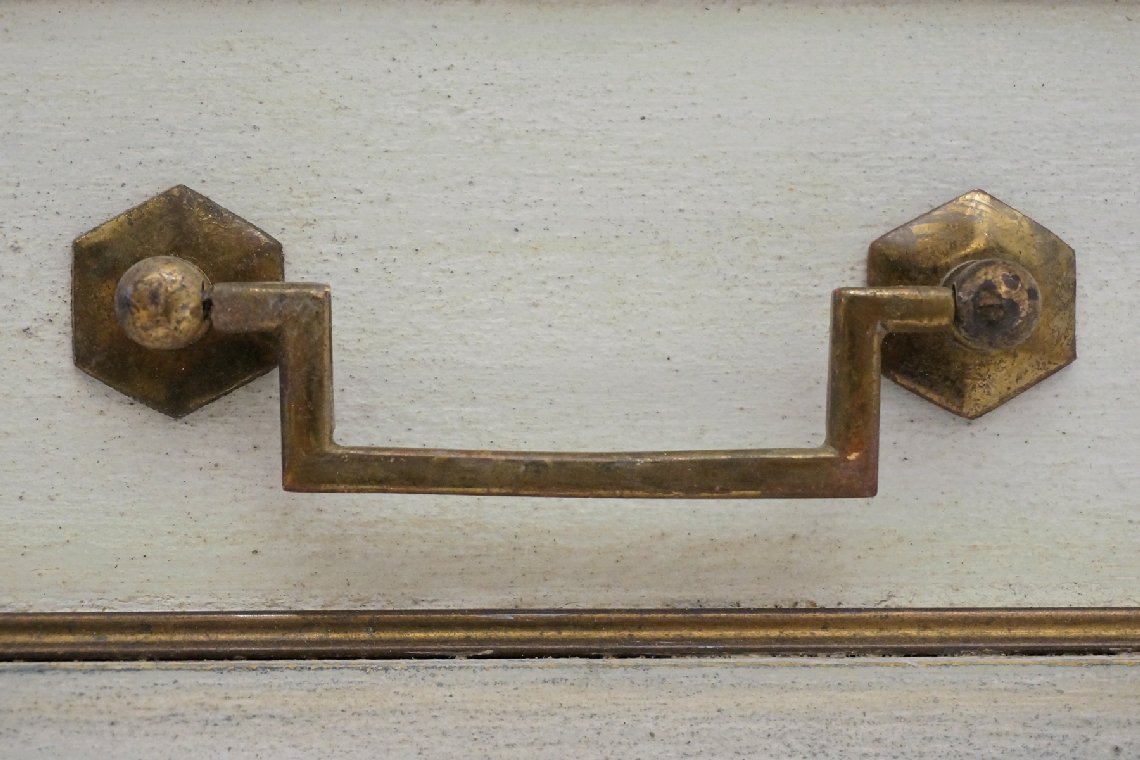 | 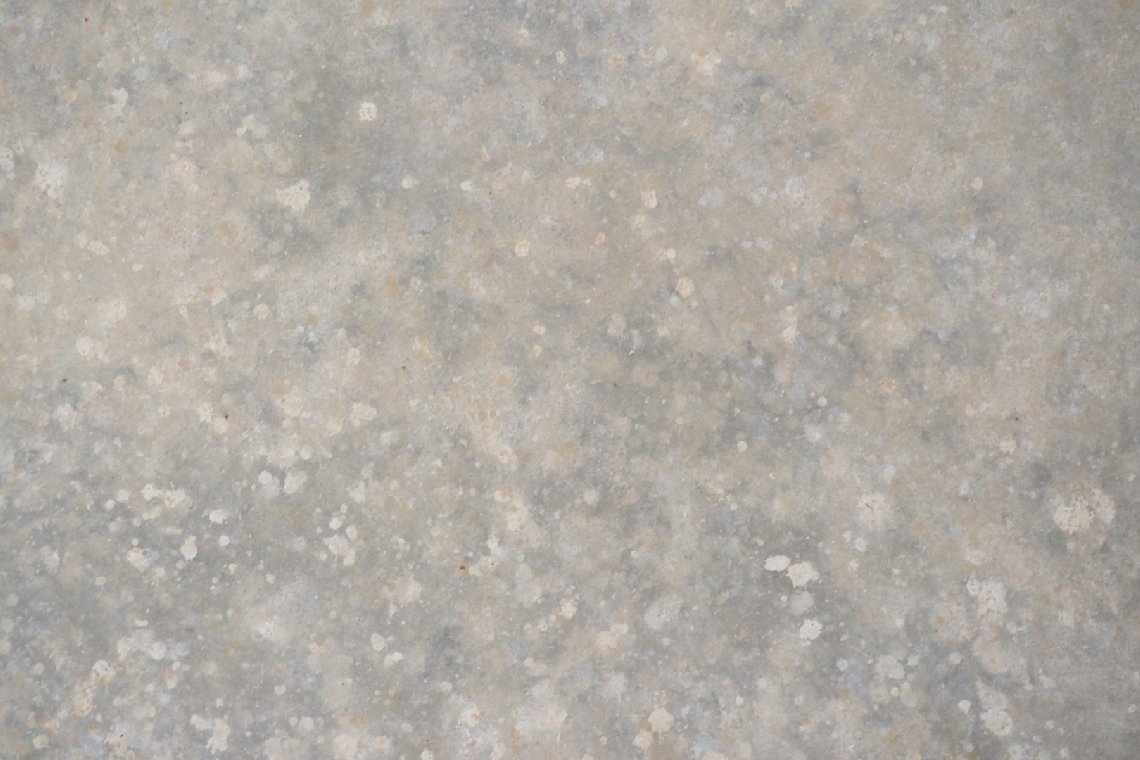 |
What else do you specialize in?
We specialize in 20th-century lighting, standing and table lamps, in particular, 20th-century coffee tables in all styles, and handmade ceramics. Our favorite ceramics are generally drip-glazed and French pieces from the early to mid-20th century, which we source from specific ateliers in the south of France that we have been visiting for many years.
 |  | |
Two of the most popular pieces from the BK Limited Edition line, designed in-house at BK Antiques and custom made to order: Left, a matte black iron barstool with cast bronze paw feet and swivel seat. Right, a round, three-tiered table in cerused oak with curved legs. | ||
You also have your line of BK Antiques furniture. Can you tell us how that got started and what the most popular pieces are?
Yes, we also have a line of limited-edition furniture that we make in custom sizes. One of the fellows in my office, Paul Heath, draws the tables we want to make, and we collaborate on the designs. We get inspiration from old tables or items in design magazines, such as Architectural Digest or Veranda. We've been making wood antique tables for about 12 years now, plus one Jules Leleu-styled table that we were making at Sentimento about 20 years ago, and that has remained popular. Our most popular wood table is a round three-tiered cerused oak side table, which we've been making for 3 years. Our most successful design is an iron barstool with a swivel seat and cast bronze lion’s paw feet. We have sold 40-60 each year for the past few years. They are popular with interior designers. We also do round wood ottomans and simple X-form benches in custom sizes that have been popular in the last few years.
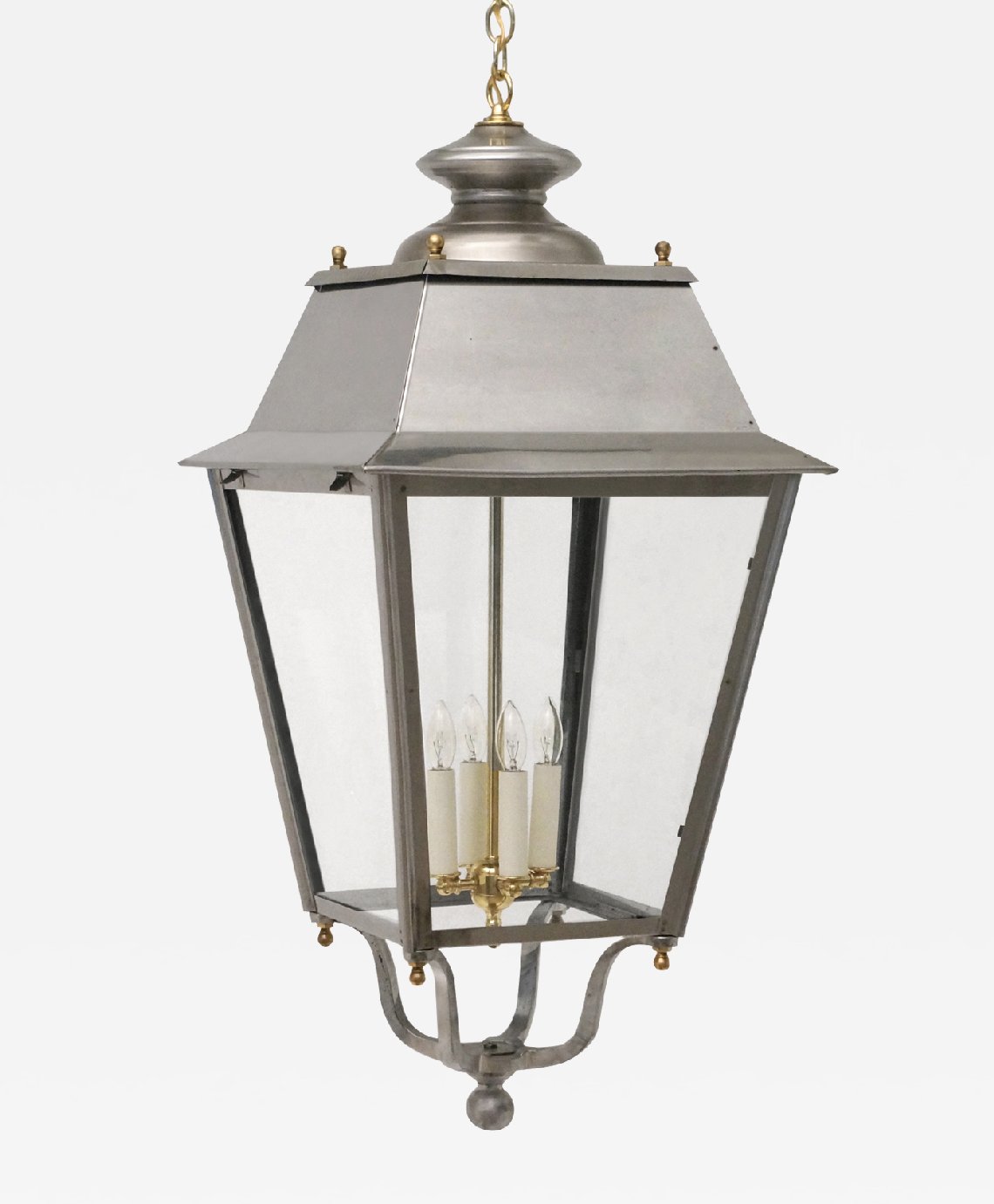 |  | |
| Left: A trés chic French steel and brass lantern, circa 1960. Right: Vintage Spanish gilt iron tripod table, circa 1970; one of several styles available. | ||
Anything new coming up?
We are working on a new design for a night table, which will be clean-lined with a stone top, probably made in cerused oak.
Where is the furniture made?
All of our custom furniture is made in the New York area by skilled artisans. We also have all of our upholstery done locally, which is helpful for the delivery of commissioned orders.
How have tastes in antiques changed over the decades?
Very few of our younger clients and our retail buyers today are interested in items from the 18th or 19th centuries, so it is more of a specialized market for that material at this point, rather than a broad, popular market genre. Our younger clients tend to like mid-century design or unique, new, contemporary pieces.
 |
Discover More From BK Antiques on Incollect
 |


